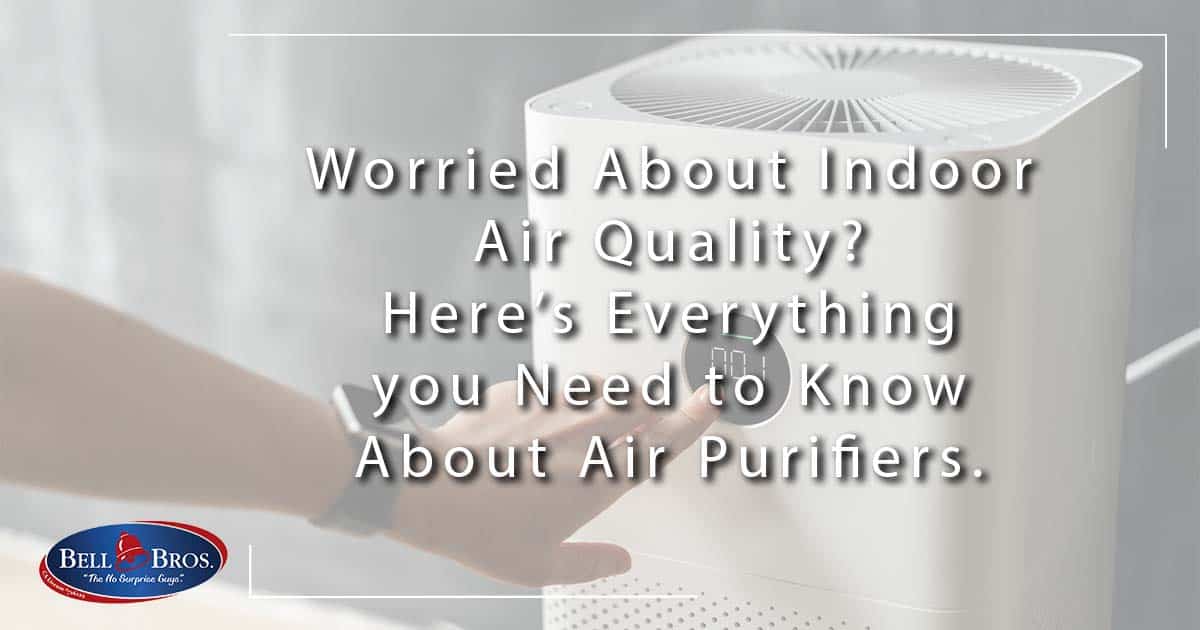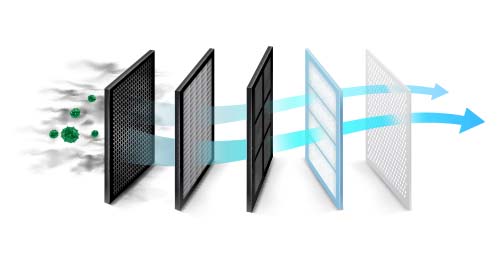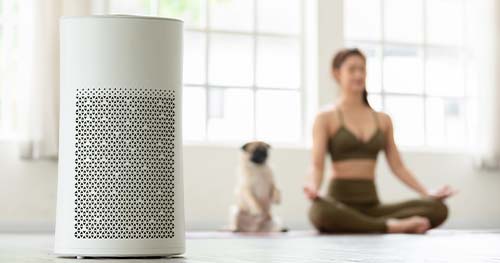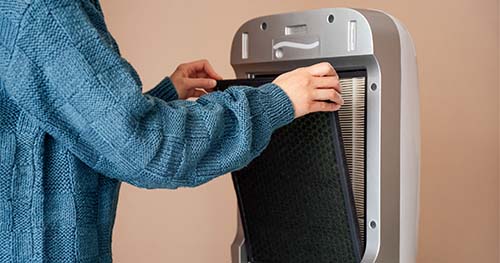Worried About Indoor Air Quality? Here’s Everything you Need to Know About Air Purifiers.

Why Air Purifiers are Good for Your Indoor Air Quality
The main purpose of an air purifier is to remove unwanted particles from the air. These pollutants include dust, dander, pollen, mold, or irritants from household cleaning products and furnishings. Some air purifiers can even remove pollutants from household cleaners and tobacco smoke.
How do Air Purifiers Work?
Most air purifiers use a filter system to trap pollutants before releasing the clean air back into the room. They work best for indoor rooms only. Purifiers don’t work well outside (or in open spaces such as garages or basements) because they don’t have enough power to clean up larger air pollution areas effectively.
The Different Types of Air Purifiers

- HEPA (High-Energy Particulate Air) filters. These filters remove particles from the air, including mold spores, pollen, and dust mites. HEPA filters can be found on both portable and stationary air cleaners.
- Carbon pre-filters. Carbon pre-filters remove large particles like pet hair and lint from the air before reaching the HEPA filter. This stops your HEPA filter from clogging up quickly.
- Electrostatic filter. This attracts dust particles using static electricity instead of physical filtration like a HEPA or carbon filter. They’re sometimes called ionizers or negative ionizers because they produce negatively charged ions that attract positively charged particles such as dust, pollen, and mold spores.
- Ultraviolet light technology. Kills viruses and bacteria in the air before it reaches your lungs.
How Effective are Air Purifiers?
Air purifiers are a popular tool for improving indoor air quality. But does using an air purifier make a difference in your health and well-being?
The answer to that question depends on how effective the filter is, how often you run it, and what kind of air pollution you’re trying to reduce. In general, most filters will remove pollutants from the air — dust, pollen, pet dander, mites, and other small particles that cause irritation in the nose or throat. But its efficiency depends on how much pollution is present.
If you have pets, you may want to consider a stronger air purifier to help get rid of pet dander. Whereas a smaller purifier may do the trick if you live in a small apartment.
What to Look for in the Best Air Purifier

- Size Air purifiers come in many different sizes, from so-called “whole room” models that cover an entire space to portable units that can be moved around the house.
- There are two main air purifiers – HEPA (high-efficiency particulate air) and ionic. HEPA filters out pollen, dust mites, and other allergens from the air, while ionic filters use ions in the air to create charged particles that help clear out pollutants.
- Noise level. Some models are louder than others, so make sure you don’t mind having one in your bedroom at night or if you’re planning on using it in a small apartment where noise could carry through walls.
- Filter type. Think about how often you’ll need to change the filter and whether you can maintain the system yourself or need an expert to carry out maintenance for you.
Getting the Most out of Your Air Purifier

- Frequently brush your pets. The more particles in the air, the quicker your air filter will clog up. Brushing your pets regularly helps to remove these allergens before they become airborne.
- Schedule regular HVAC tune-ups. Have an HVAC professional inspect your heating and cooling equipment regularly. They’ll ensure everything works efficiently and spot potential problems before they become serious. This will reduce pollutants in the air and prevent your purifier from overworking.
- Change your bedding weekly and vacuum regularly. Stop your air purifier from overworking by vacuuming and changing your bedding every week. This will ensure that your filter is not clogged, and the machine works at its full capacity.
By following these guidelines, your home will enjoy cleaner, fresher indoor air. Contact our Sacramento and East Bay HVAC experts today for more information about indoor pollution.

